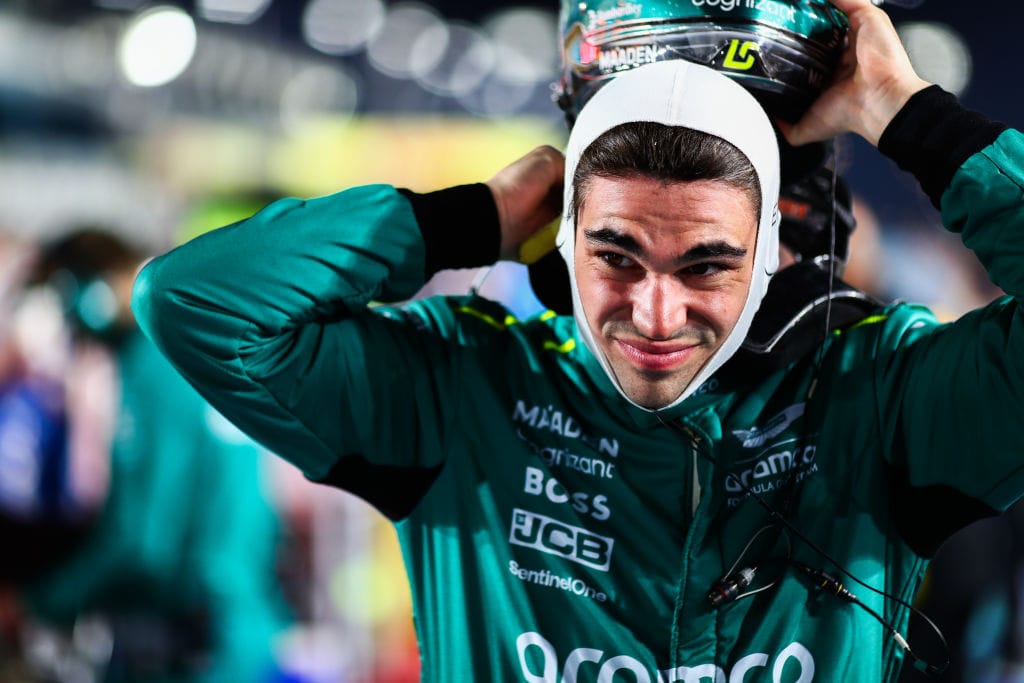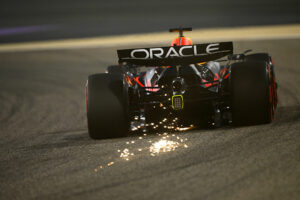Inhumane heat, drivers nearly fainting or vomiting in the cockpit – these are images you wouldn’t expect from a meticulously organized top-tier sport. Yet, these were the reports after the 2023 Qatar Grand Prix. It has set something in motion: from 2025, the implementation of cooling systems in cars at high temperatures will be mandatory. This striking new rule symbolizes a broader shift in the sport: the move to warmer countries. Is this a positive development or are some races no longer justifiable?
New Rule This Season: Mandatory Cooling
Not necessary until now, but mandatory from this season: Formula 1 cars must use cooling systems at temperatures above 30.5 °C. The rule is a response to incidents such as the 2023 Qatar Grand Prix, where drivers like Esteban Ocon, Lance Stroll, and Logan Sargeant complained about the extreme heat. Stroll called it “inhumane,” while Ocon admitted to nearly vomiting in the cockpit. The FIA sees the new rule as necessary to improve driver safety. But it also presents teams with new challenges: the cooling adds 5 kilograms to the minimum weight of the cars. How do you combine that with optimal aerodynamics?

How Has It Been Managed Until Now?
The statements from Stroll and Ocon caused a lot of commotion. How could drivers continue to race under such conditions? In countries like Brazil and Mexico, temperatures also rise high, but until now, simple solutions were often sufficient. The ‘old school’ approach combined simple methods and physical training to survive the heat:
- Small hydration systems in the cars: to prevent dehydration.
- Ventilation in the helmet: to dissipate the worst of the heat, but without active cooling.
- Cooled vests, cold towels, and air-conditioned spaces. These are used before the race to keep body temperature low.
- Heat chambers and acclimatization training. These increase endurance.
Although these methods are effective, races such as those in Qatar have shown that they do not always provide enough protection against the scorching heat in the Gulf states.
Impact of the Gulf: More Races, Higher Temperatures
The new cooling rule is not just a response to incidents, but also to a growing trend: Formula 1 is increasingly expanding to regions with extreme heat. Races in Bahrain, Saudi Arabia, Qatar, and Abu Dhabi are now regular fixtures on the calendar. These countries offer enormous financial support to the sport, but bring with them extreme conditions. The “inhumane” conditions are therefore not an incident, but a lasting factor in the sport.
Just how hot is it?
- During the 2023 Qatar GP, temperatures were well above 30 °C, even during the evening hours.
- The heat is not unique to the Gulf states; tropical conditions are also normal in Singapore and Miami.
- The FIA chooses to continue racing in hot regions, but at what cost?
Drivers and teams are forced to go to great lengths to adapt to the scorching heat. The mandatory cooling systems require creative solutions, as the extra weight and space needed in the car directly affect aerodynamics. In a sport where every millisecond counts, this is a significant sacrifice. It shows how great the influence of the Gulf states on Formula 1 has become.
Overheating in Formula 1?
While the new cooling systems are a step forward in safety, the question remains whether the move to warmer regions is responsible in the long term. How much can the sport adapt before the limits of man and machine are reached? The heat not only puts pressure on the drivers and teams, but also shows how significant commercial interests have become. As Formula 1 grows into new markets, the question arises as to when the limit will be reached.









